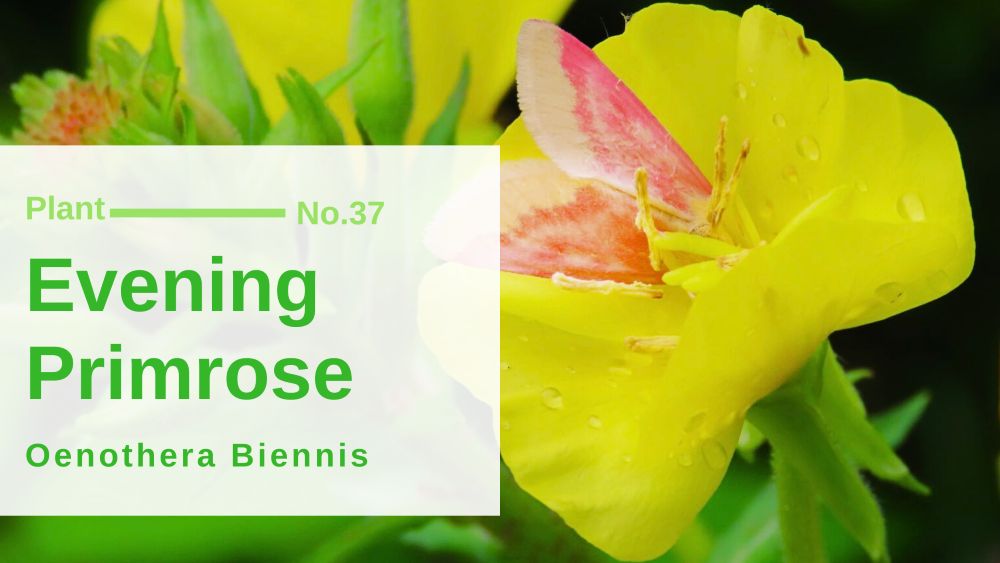Common Fleabane – Erigeron Philadelphicus: Edible & Medicinal Uses of the Early Old Man of Wild Plants

These edible and medicinal fleabane (Erigeron spp.) are smaller daisies, that bloom earliest of daisies here, and they are quickly raggedly looking. From all that you can probably figure out why they’re called eri (early) and geron (old man) in greek. Around Haliburton, we have common fleabane, rough daisy (Erigeron strigosus) – more likely found … [Read more…]




